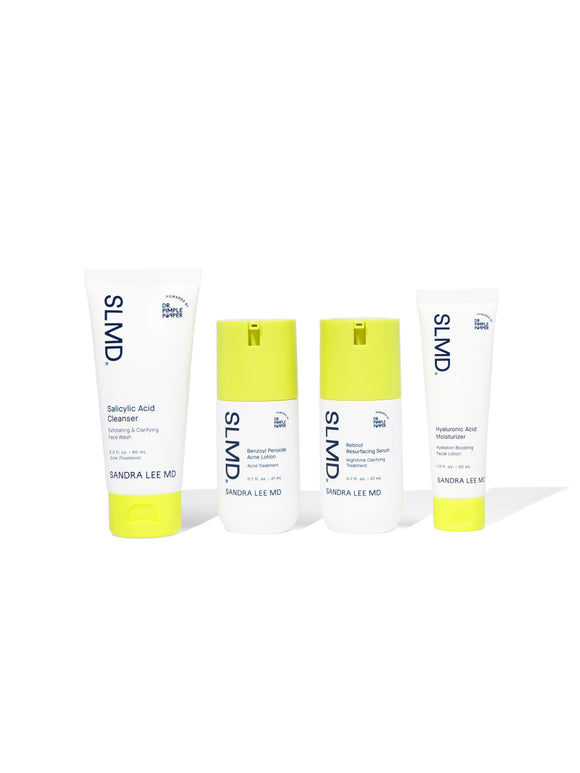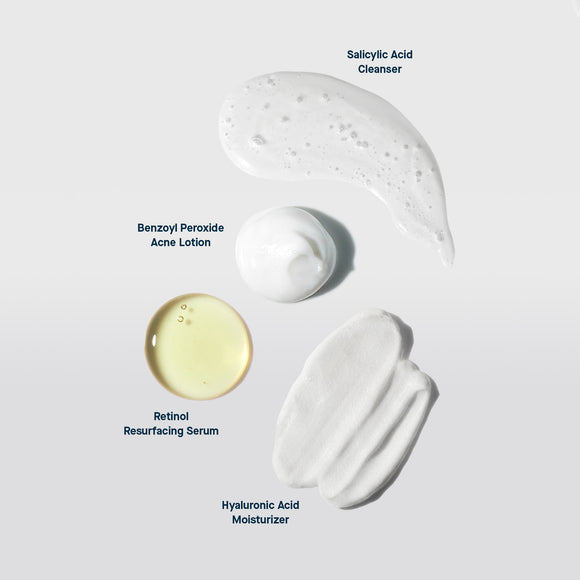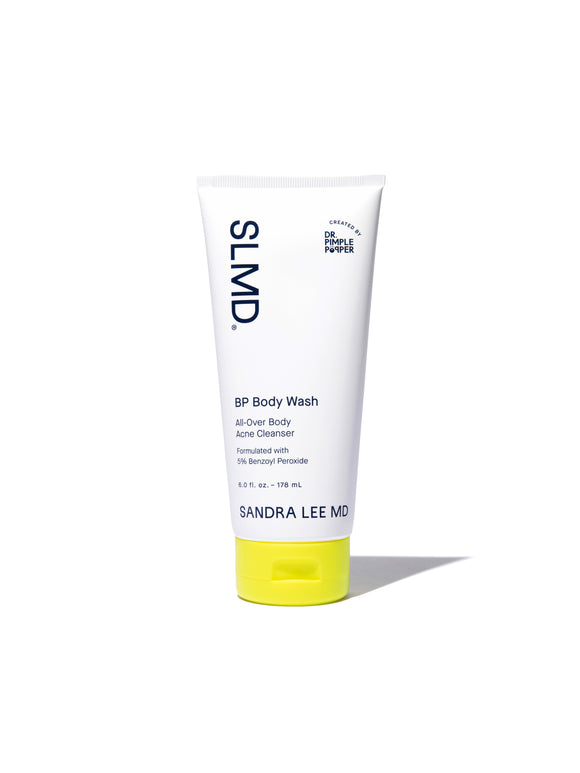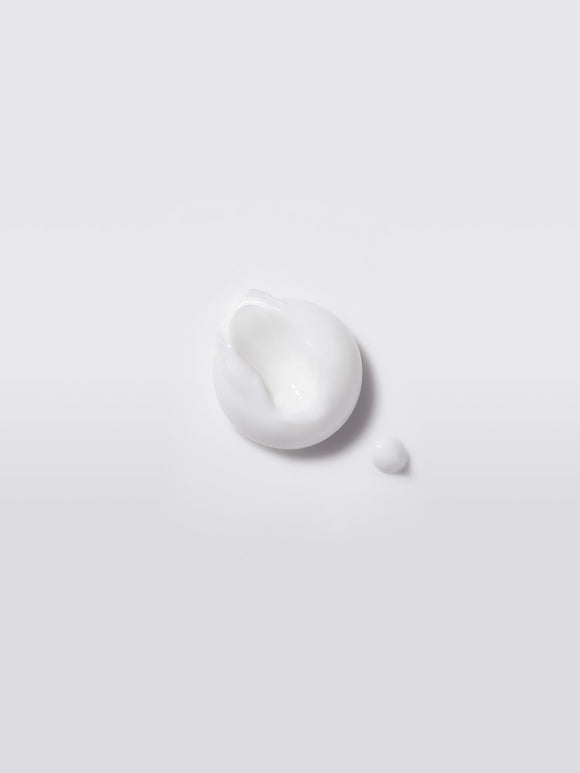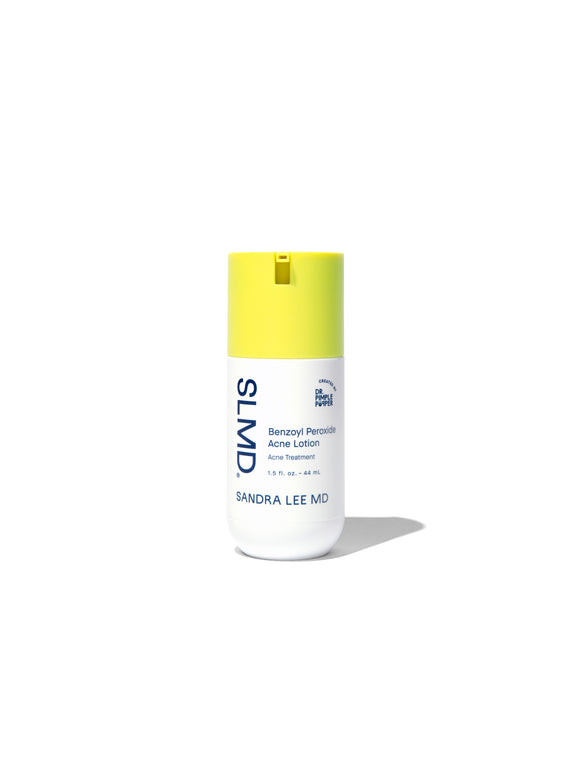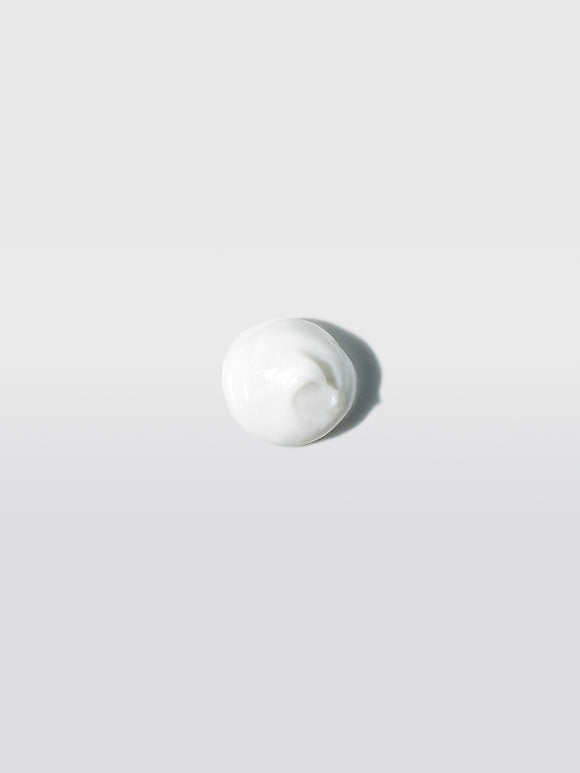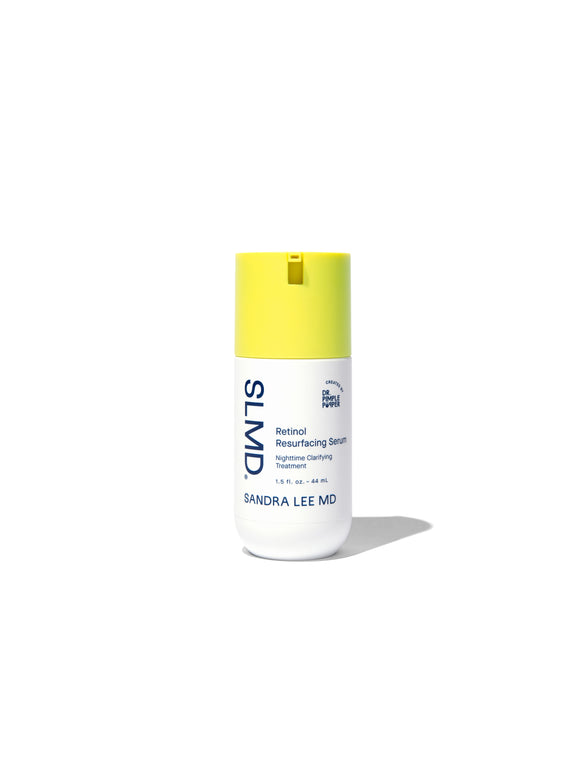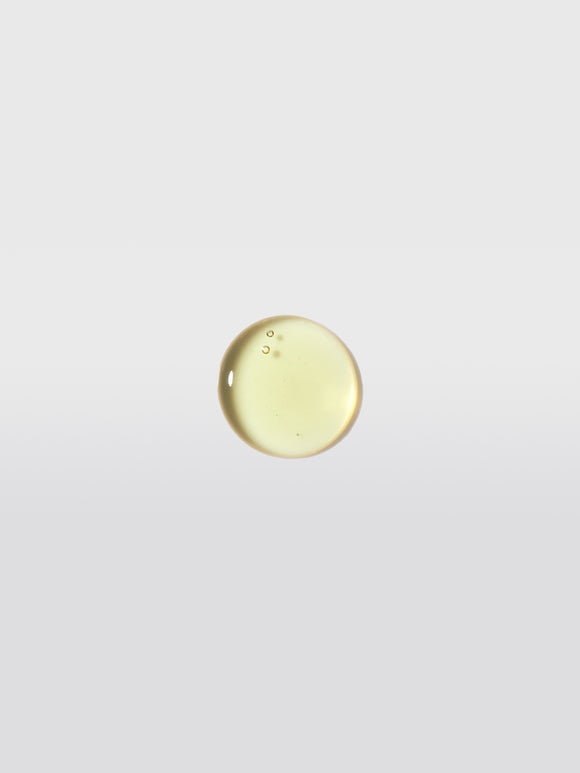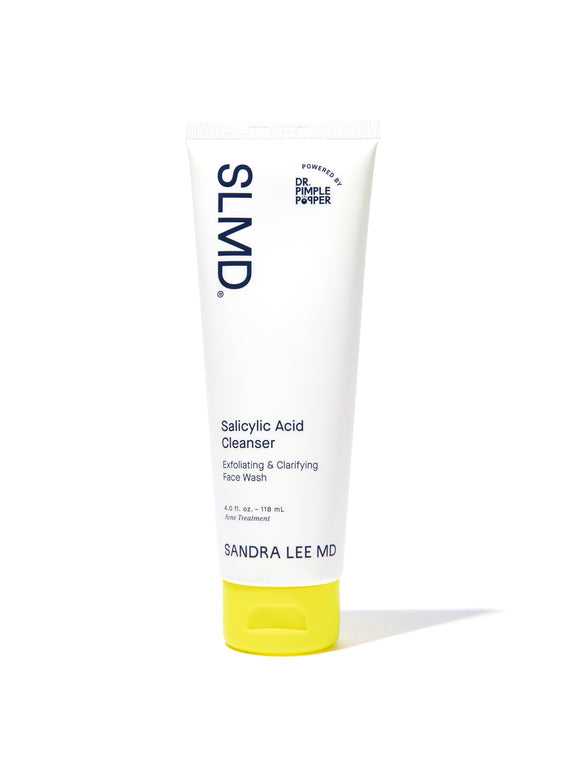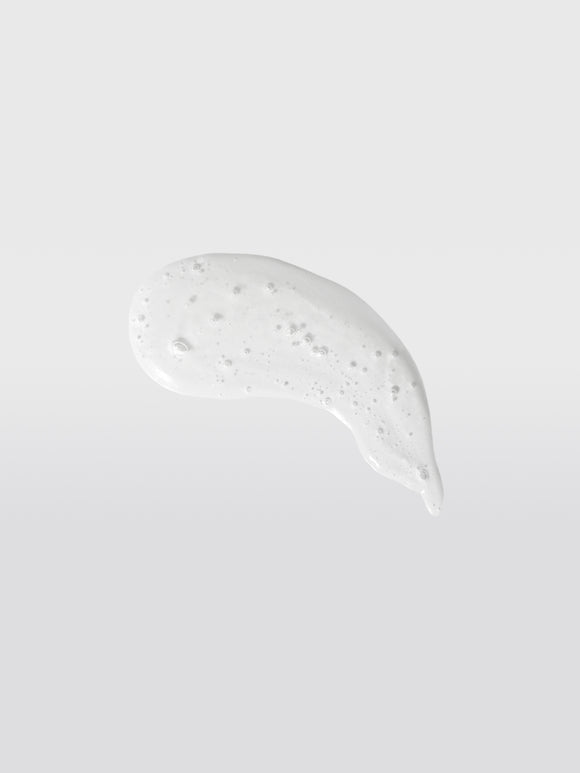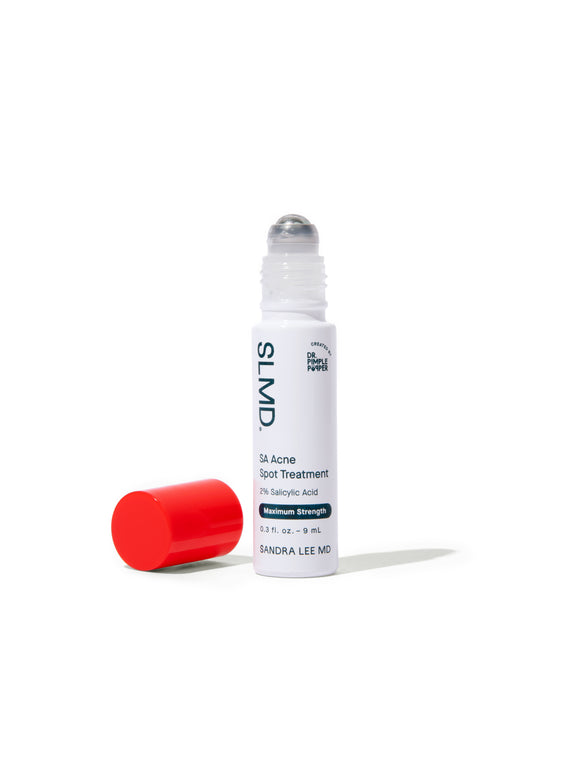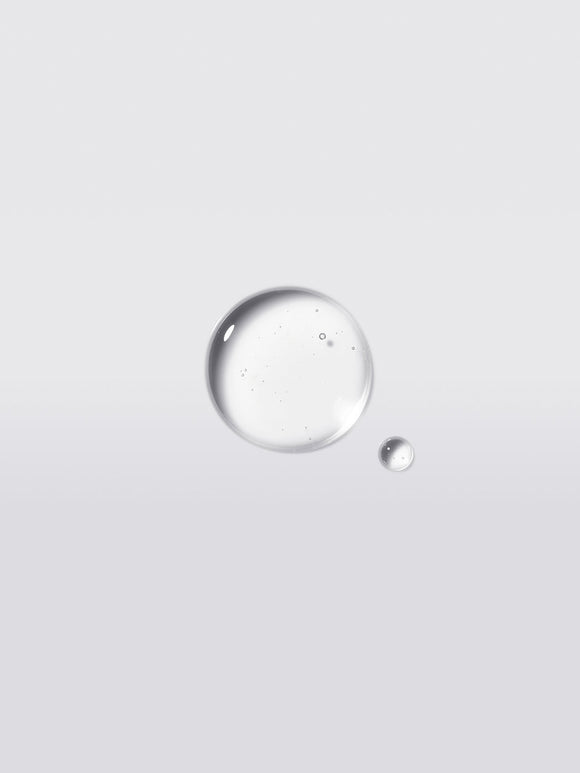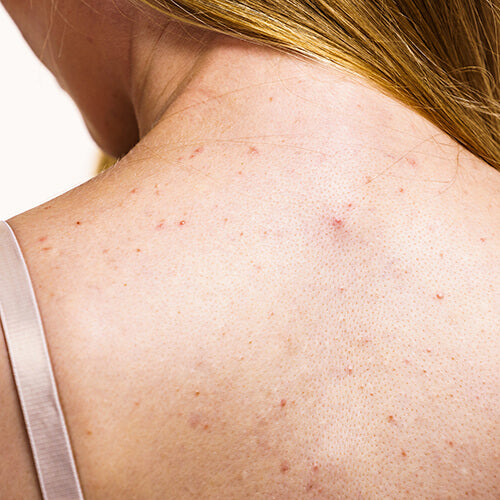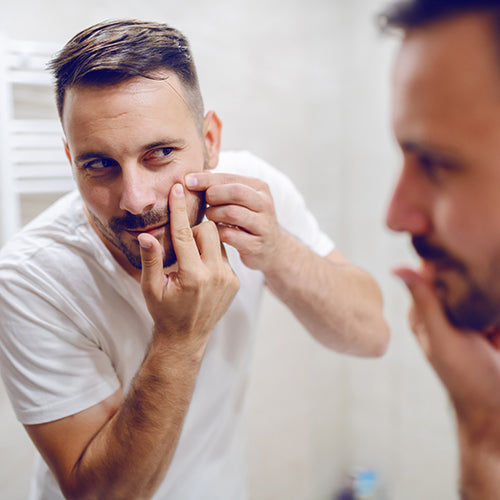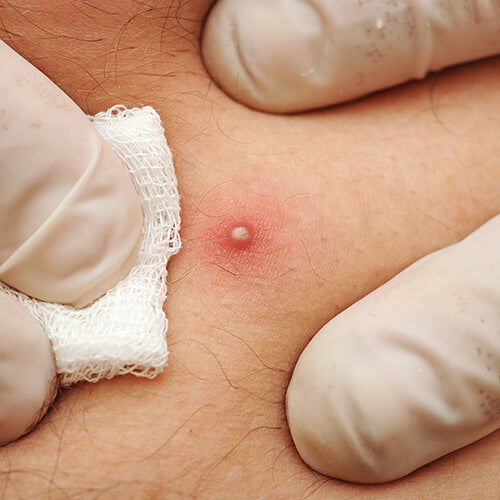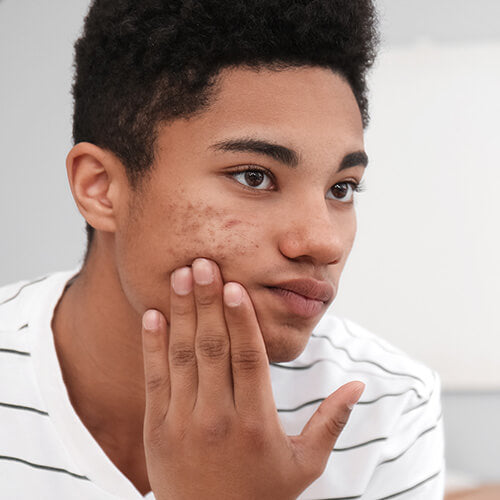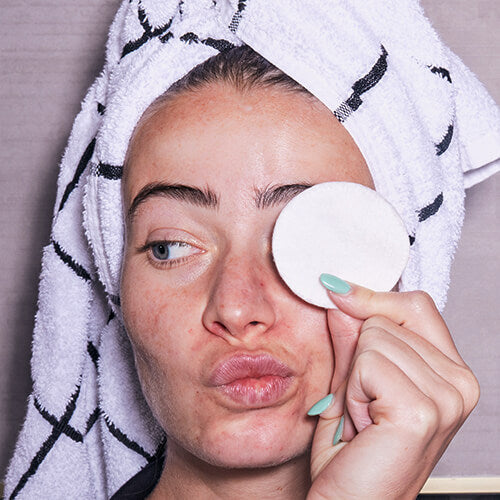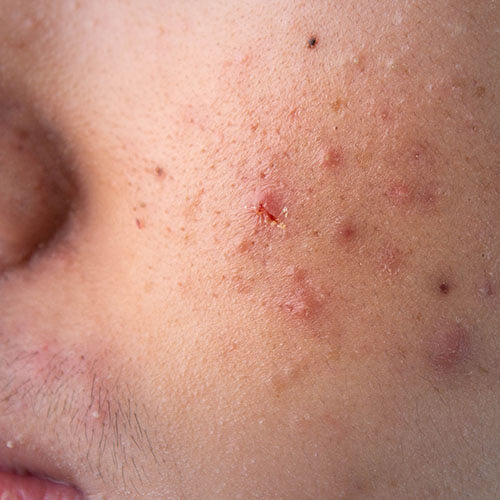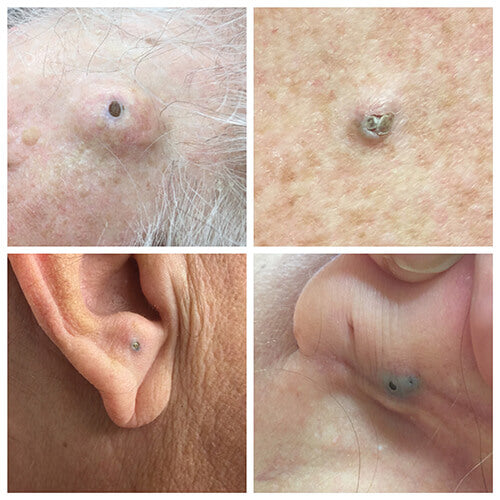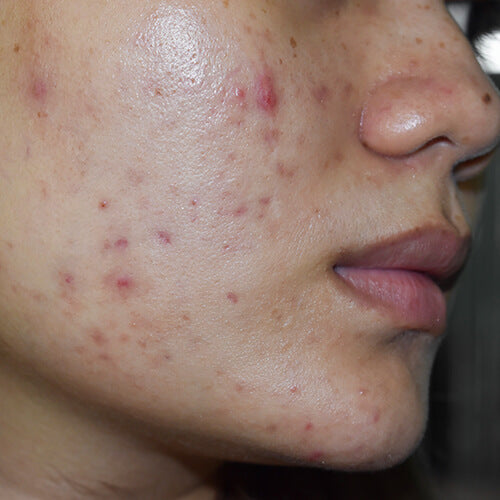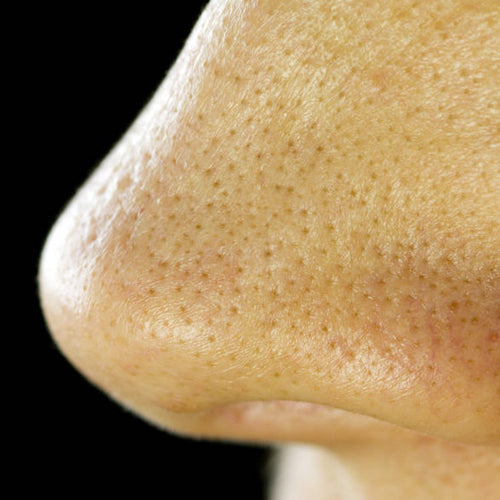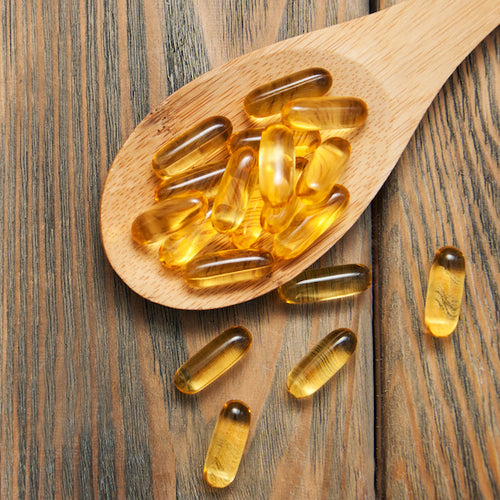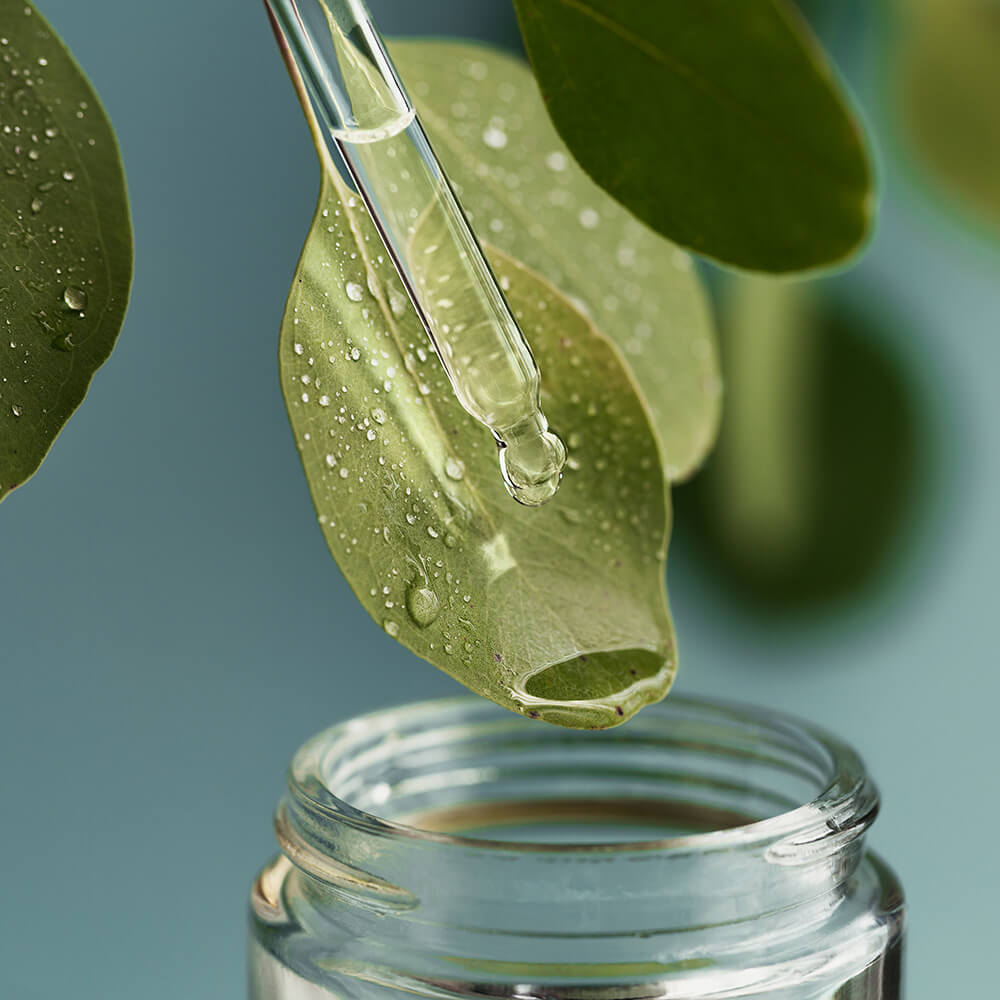
Do Natural Acne Remedies Work?
Can you really treat your acne with ingredients from your garden? Maybe.Published:
4 minute read
From store shelves to social media, natural acne remedies are all the rage. To find out how (and if) they really work, we asked our resident expert and SLMD founder, dermatologist Sandra Lee, MD (aka Dr. Pimple Popper). Here, she sums up her take on “natural” vs. “chemical” acne ingredients, and weighs in on a roundup of a few of the most popular home remedies.
“Natural” vs. “chemical” acne ingredients
Let’s clear this up first: according to Dr. Lee, the perceived battle of “natural” vs. “synthetic” has our focus slightly misplaced. “All acne-fighting ingredients are made of chemicals,” she explains. “Some are originally found in nature, and others are created in a lab. What’s important to me as a dermatologist is whether or not an ingredient treats acne safely and effectively.”
Dr. Lee says that a handful of ingredients derived from plants and minerals — like salicylic acid, sulfur, and zinc oxide — have been used since ancient times to battle pimples. “Some of these ingredients have shown promise in clinical studies, but what we’ve seen so far is that they don’t work quite as well as something like benzoyl peroxide or retinol,” she notes.
6 natural acne remedies that work
Below, we’ve rounded up some of the more popular home remedies for acne. One caveat: these ingredients are best suited for soothing the occasional pimple or minor breakout. If you’re trying to treat active acne, says Dr. Lee, your best bet is to search out some of these ingredients in acne treatments from a trusted skincare brand.
Anyone who’s on an acne regimen already — especially a prescription or physician-supervised one — should consult a dermatologist before incorporating any experimental remedies.
Sea salt water
Ever since Hailey Bieber claimed her pimples clear up after spending time in the ocean, sea salt water for acne has been trending — but is there any truth to it? Yes…and no, says Dr. Lee. “Actual seawater has concentrations of many trace minerals that can be beneficial for skin health,” she explains. “But mixing water and sea salt at home doesn’t really replicate the experience.”
Beneficial components: sodium, potassium, magnesium and calcium
Key properties: antimicrobial, anti-inflammatory
How it works: helps draw oils and impurities out of pores, and acts as a mild exfoliant
How to use: take a dip in the ocean (sorry, dousing yourself with DIY saline won’t work)
Side effects: can be drying
Aloe vera
Most of us are familiar with this OG remedy: split open one of the succulent’s spiky branches to harvest the sticky “goo” inside. Most famous for its ability to soothe sunburns, aloe vera gel has acne benefits, too.
Beneficial components: phenols, sterols, salicylic acid
Key properties: antimicrobial, anti-inflammatory, antioxidant, promotes wound healing
How it works: calms redness and inflammation, scavenges free radicals, unclogs pores
How to use: cut open a fresh leaf and apply the gel directly to lesions
Side effects: uncommon, including mild itching/burning
Find it in: SLMD BP Body Wash, Benzoyl Peroxide Acne Lotion
Green tea
Studies show that drinking green tea — which is dried before it oxidizes, retaining its green color — has numerous health benefits. But did you know that you can also apply it to your skin? Look out for green tea extract (aka Camellia sinensis) on the label, or make a home remedy yourself.
Beneficial components: polyphenols, especially epigallocatechin gallate (EGCG)
Key properties: antimicrobial, anti-inflammatory, antioxidant, anti-androgen, astringent
How it works: calms redness and inflammation, reduces sebum, helps prevent cell damage, constricts tissues
How to use: brew a strong cup, let cool — then apply to skin with a cotton ball
Side effects: uncommon, including mild irritation
Find it in: SLMD Salicylic Acid Cleanser
Zinc oxide
This mineral has been used for skin health for centuries, with good reason: it’s a trace element essential for cellular function. While it’s important to get zinc from a healthy diet, you can also find it in an array of skincare, including acne treatments and diaper rash cream — another one of Hailey Beiber’s hacks for pimples, btw.
Beneficial components: elemental zinc — vital for human life
Key properties: antimicrobial, anti-inflammatory, promotes wound healing, sun protectant
How it works: calms redness and inflammation, reduces sebum, inhibits bacteria
How to use: look for acne treatment products containing zinc oxide
Side effects: uncommon, including mild irritation
Tea tree oil
Also known as melaleuca oil, this essential oil comes from steaming the leaves of the Australian tea tree. It’s primarily known for its antibacterial properties. “A lot of people ask me about tea tree oil,” says Dr. Lee. “While some studies show it might benefit those with mild acne, the results so far don’t come close to what we get with benzoyl peroxide.” If you’re dealing with the occasional pimple and want to try this natural remedy, make sure you dilute it properly to avoid irritation.
Beneficial components: terpinen-4-ol
Key properties: antimicrobial, anti-inflammatory, antioxidant
How it works: calms redness and inflammation, inhibits bacteria, scavenges free radicals to promote healing
How to use: dilute pure tea tree oil in a carrier oil like almond or jojoba, or choose an acne treatment product containing tea tree oil
Side effects: may cause dermatitis or allergic reaction; in high doses, may be an endocrine disruptor
Witch hazel
Native to North America, witch hazel (aka Hamamelis virginiana) has been used for centuries by indigenous people to treat a variety of skin concerns, including poison ivy and burns. According to Dr. Lee, this ingredient tends to be misunderstood: “There’s a belief that witch hazel is very drying, but this is typically due to added alcohol,” she explains. “It’s actually FDA approved as a skin protectant.”
Beneficial components: tannins, flavonoids, catechins
Key properties: astringent, anti-inflammatory, antioxidant
How it works: calms redness and inflammation, constricts tissues, scavenges free radicals to promote healing
How to use: apply witch hazel with a cotton ball, no need to rinse
Side effects: uncommon, including mild irritation, redness, burning
Find it in: SLMD Salicylic Acid Cleanser, Salicylic Acid Spot Treatment

Dr. Lee's Last Word
When it comes to treating acne, there are a few key ingredients — salicylic acid, benzoyl peroxide, sulfur and retinol — that are particularly effective. If people want to experiment with herbal remedies, go for it — just make sure you do your research to avoid irritation. If you’re on a prescribed acne regimen, always talk to your dermatologist first.



